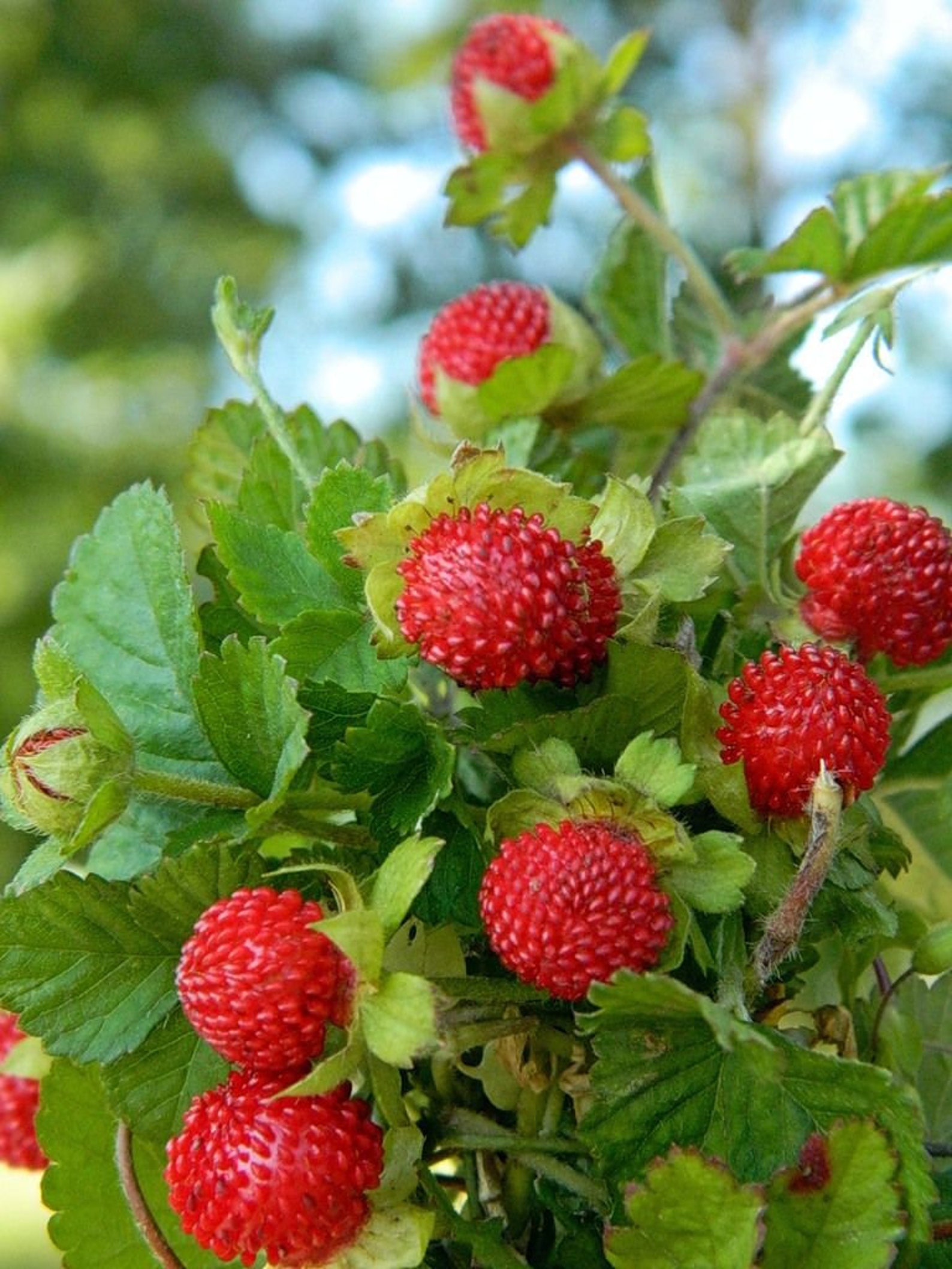

Get plants as close to planting time as possible. In Ontario is available from the Agricultural Information Contact Centre These plants have been produced under guidelines designed toĬontrol viruses and other serious pests. Obtain plants from the Ontario Strawberry Plant Propagation Use healthy plants which have well-developed crowns and many creamy or Runner plants produce more berries than plants formed in late summer andįall.

Plants to become established early and start producing runners. Plant in the spring as soon as the ground can be prepared. Most soils in Ontario do not need a lime application. G/m 2 (1) Scatter it evenly and work it into the soil severalĭays ahead of planting. In the spring, apply a complete fertilizer, such as 10-20-20, at 50-75 Used, add ammonium nitrate at 10-15 g/m 2 (1) to help decomposition. Dig, rototill or plow it into the soil so the material willīe well decomposed by planting time. Sawdust, grass clippings, etc., can also be used. Manure applied at 8-12 L/m 2 (2-3 bu/100 ft 2) isĪ good source of organic matter. Provides nutrients, and increases the water-holding capacity of the soil. Improves air and water movement, favours growth of helpful soil organisms, Organic MatterĪ good supply of organic matter in the soil is important. In the year previous to planting, destroy quack grass and other perennial This precaution will help avoid serious root diseases such as Raspberries, potatoes, tomatoes, peppers or eggplants in the past 4 orĥ years. Wherever possible, plant strawberries in soil which has not grown strawberries, Very important as strawberry roots do not grow well in wet soil. Planting on ridges also helps if soils drain poorly. Clay soils drain poorlyĪnd are hard to manage, but can be improved by adding organic matter.

Water and fertilizer are needed for good yields. Gravelly soils can be improved by adding organic matter, but extra In well-drained, sandy loam soils which are well supplied with organic Strawberries can be grown in most garden soils. However, during the summer they also form flowers which produceīerries in late summer and fall. Too form flower buds in the fall, which develop into berries the next Sensitive to temperature and day length than ordinary varieties. "Everbearing" and "day-neutral" varieties are less Long and warm, plants again grow runners that produce new plants. Toward the end of the harvest period, when days are To ripen 4-5 weeks after the first flowers open and continue to ripenįor about 3 weeks. The flower clusters already within the crownĮmerge over a 3 week period in late May and early June. In the spring, when plants start growth, days are too long forĪny new flowers to form. Then, in the short,Ĭool days of fall, runnering stops and flower buds form within the plantĬrown. In new plants, runner production occursĭuring the long days and warm temperatures of summer. Growth in our common varieties is affected greatly by temperature and Proper care, enough berries for a family can be obtained from a relatively Berries are delicious when servedįresh and can be frozen, canned, or made into jam, jelly or juice. To ripen and, by choosing suitable varieties, ripe berries can be picked

Strawberries can be grown anywhere in Ontario. Growing strawberries can be interesting and rewarding for the home gardener.


 0 kommentar(er)
0 kommentar(er)
